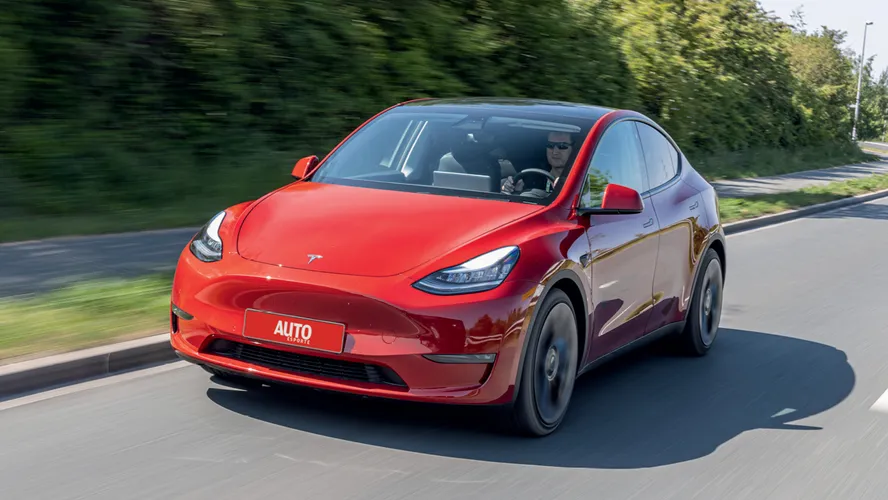As of 2023, Brazil is experiencing a remarkable shift towards electric mobility, a movement that’s not only transforming its roads but also setting a precedent for other emerging markets. According to a recent report by Bloomberg Green, sales of electric vehicles (EVs) in Brazil surged by 45% in the first half of the year alone. This significant growth positions Brazil at the forefront of Latin America’s EV revolution. In this article, we’ll explore the factors fueling this boom, the challenges and opportunities that lie ahead, and how Brazil’s experience can offer valuable insights for other emerging markets.
The Catalysts of Brazil’s EV Revolution
Government Initiatives and Policies
Brazil’s government has played a pivotal role in accelerating the adoption of electric vehicles. Several initiatives have been introduced to incentivize both manufacturers and consumers:
- Tax Breaks and Incentives: The Brazilian government has implemented tax reductions for electric vehicle imports and local manufacturing. These initiatives make EVs more affordable for consumers.
-
Infrastructure Development: State-sponsored programs are rapidly expanding the EV charging network across major cities like São Paulo and Rio de Janeiro. According to Reuters Mobility, over 1,000 new charging stations are expected to be operational by the end of 2023.
-
Green Public Transport: Brazil aims to electrify 30% of its public transport by 2030, with cities like Curitiba already deploying electric buses, as highlighted by Electrek.
Technological Advancements in Battery Technology
Battery technology is a cornerstone of the EV industry, and recent advancements are making EVs more viable for the Brazilian market:
- Lithium-Iron-Phosphate (LFP) Batteries: Companies like BYD and Tesla are pioneering the use of LFP batteries, which are more affordable and offer longer lifespans compared to traditional lithium-ion batteries. This has significantly lowered the cost of EVs, making them accessible to a broader audience.
-
Local Production: Brazil is investing in domestic battery production, reducing reliance on imports and fostering local economic growth.
Overcoming Challenges in the Brazilian EV Market
Infrastructure and Range Anxiety
Despite the progress, infrastructure remains a significant hurdle:
- Charging Station Availability: While efforts are underway to expand the charging network, the current infrastructure is insufficient, especially in rural areas. Consumers often face “range anxiety,” worrying about the distance their EVs can travel on a single charge.
-
Solutions: To mitigate these concerns, companies like Volkswagen and Nissan are developing vehicles with extended ranges and fast-charging capabilities.
Economic and Social Barriers
Brazil’s economic landscape poses unique challenges:
- Income Disparity: The high upfront cost of EVs remains a barrier for many Brazilians. However, long-term savings on fuel and maintenance are attractive to those who can afford the initial investment.
-
Education and Awareness: Initiatives to educate the public on the benefits of electric vehicles are crucial. Collaborative efforts between the government and NGOs aim to raise awareness about sustainability and cost-effectiveness.
The Role of Global Brands in Brazil’s EV Market
Major Brands Leading the Charge
International brands are playing a significant role in Brazil’s EV boom:
- Tesla and Volkswagen: Both companies have announced plans to expand their presence in Brazil, with Tesla setting up its first Gigafactory in Latin America by 2024, according to InsideEVs.
-
Hyundai and Nissan: These brands are launching new models tailored to the Latin American market, focusing on affordability and efficiency.
Local and International Collaborations
Collaborations between local and international players are crucial:
- BYD and Brazilian Firms: BYD has partnered with local companies to boost production capabilities and enhance market penetration.
-
Investments in R&D: Joint ventures are investing in research and development to innovate and adapt EV technologies to Brazil’s unique environment and consumer needs.
Practical Tips for Navigating Brazil’s EV Market
How to Charge Your EV in Brazil
-
Home Charging: Most EV owners opt for home charging. It’s advisable to install a Level 2 charger for faster charging times.
-
Public Charging Stations: Apps like PlugShare can help locate nearby stations.
Where to Buy an EV in Brazil
-
Dealerships: Major cities have dealerships for brands like Tesla, Nissan, and Volkswagen. Test drives are available to help consumers make informed decisions.
-
Online Platforms: Websites and apps provide platforms to compare models, prices, and features.
What to Compare When Buying
-
Battery Range and Lifespan: Consider models with longer battery life and range capabilities.
-
Maintenance Costs: EVs generally have lower maintenance costs, but it’s wise to compare service packages offered by different brands.
Conclusion: Brazil as a Blueprint for Emerging Markets
Brazil’s journey into electric mobility is not just a national endeavor but a blueprint for other emerging markets. By addressing infrastructure needs, economic barriers, and fostering international collaborations, Brazil is paving the way for a sustainable automotive future. As the world watches Brazil’s progress, it’s evident that emerging markets have the potential to drive global electric mobility trends. Are you ready to be part of this electric revolution? Share your thoughts and experiences in the comments below. With continued innovation and investment, the future of transportation looks promisingly green.

